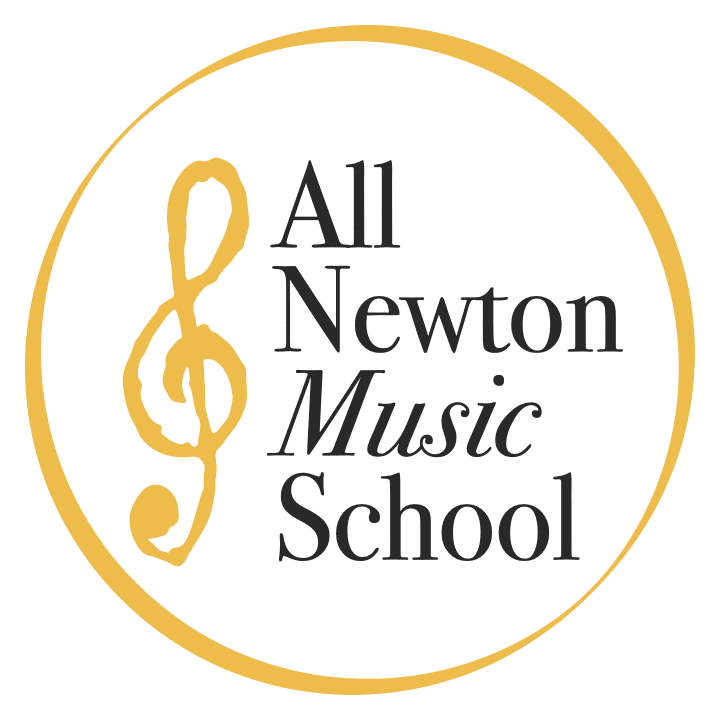Piano and Composition for the
Blind or Visually Impaired
Music for All: There is no barrier to learning to play or create music.
Whether blind or visually impaired, music at ANMS is inclusive.
Piano for the Blind or Visually Impaired:
Image of Piano Lesson, the teacher’s two hands guiding the student’s hand on the piano keayboard
Our mission and hopes of ‘Music for All’ continue to expand with the introduction of our first-ever programming for the blind and visually impaired. We are excited to welcome, include and expand our community music school program offerings, to further increase access to students and faculty members of all abilities. Students will gain skills and knowledge to empower and achieve their goals and create music and art for all.
Adaptive Music Technology:
image of a computer screen with Adaptive Music Composition and Notation Software
Sibelius Composition Software, created by AVID, gives blind and visually impaired musicians more tools to compose than ever before. For those students exploring music theory and composition, Marcela trains and coaches young musicians through learning to use all tools available.
Program Details:
Ages: 12 through adulthood
For younger students or those with additional needs, learn about inclusive lessons here.
Availability: Saturdays
Interests: Learning Piano Technique or Composition using Adaptive Music Technology
Teaching Artist: Marcela Bastida
Seeing Eye Dog: Ruffles, Marcela’s certified trained seeing eye dog will be present during lessons
Image of Marcela Bastida, ANMS Teaching Artist and blind musician playing the piano
Meet Marcela, your teaching artist:
Marcela Bastida is a jazz composer, arranger, pianist, and educator whose passion is to share her experience to inspire and improve fellow blind individuals’ lives through music and adaptive technology.
She received her bachelor's degree in Jazz Composition and Piano Performance from Berklee College of Music.
Growing up in Mexico, she discovered her passion for music and soon started to pursue a music degree at a college in Mexico City.
While at Berklee, she began working in an assistive music technology program, which provides adapted music software instruction and assistance with projects to blind and visually impaired students.
Marcela is committed to sharing the joys of music with all.
Braille Music, explained.
Image showing an example of traditional music alongside Braille Music
Braille Music was invented along with the literary braille code by Louis Braille, a musician himself, and rose to prominence in the early 20th century. Braille music uses the same six-position braille cell as literary braille. However, braille music assigns its own meanings and has its own syntax and abbreviations.
The most common way to learn braille music is while learning an instrument, often the piano or electronic keyboard or working with your teacher through one of the braille music books.
Marcela will work with you towards reaching your individualized goals with Braille Music.





